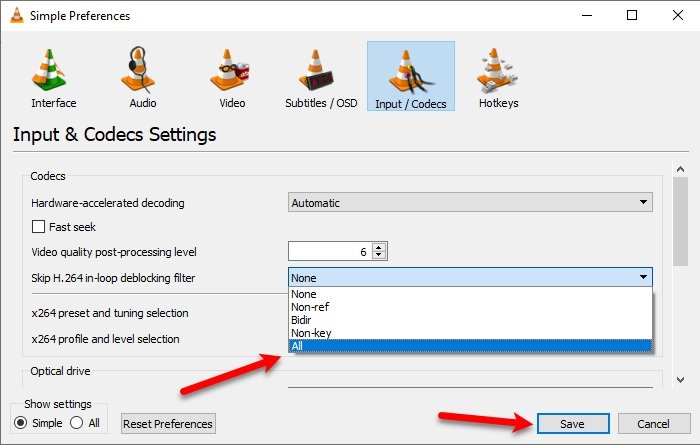


In, some characteristics in human visual system are utilized to detect blocking artifacts the appropriate filter is used to remove these artifacts. Similar to that in, the study in classifies block type in the transform domain and proposes a wavelet-based block analysis. Each of these types has its corresponding filter to remove blocking artifacts. In, the classification algorithm classifies a block into three types: PLANE, EDGE, and TEXTURE, according to statistical characteristic of an image in the pixel domain. The success of set-theoretic method depends on the constraint sets highly. All samples outside the feasible set are illegal and the projection onto convex sets technique is used to project them to be legal. The intersection of all constraint sets gives the feasible set. The third group uses the set-theoretic reconstruction method, which defines constraint sets by using observed data or a prior knowledge of the solution. The second group applies maximum a posterior probability technique to eliminate blocking artifacts. The first group uses a low pass filter around block boundaries to remove blocking artifacts. Several previous studies have been proposed for the design of deblocking filters, which can largely be categorized into three groups. In other words, blocking effects are the grid noise along block boundaries in a relatively homogeneous region. Hence, coarse quantization of transform coefficients cause noticeable discontinuities at block boundaries called blocking artifacts. At low bit-rate coding, there may be only one DC and few AC coefficients to represent an image block. H.264/AVC divides an image into 4 × 4 or 8 × 8 block of pixels, and transforming each block from the spatial domain to the frequency domain by DCT. The discrete cosine transform (DCT) and motion estimation efficiently reduce spatial and temporal redundancies in most video coding standard. H.264/AVC provides several enhancements to improve coding efficiency. In December 2001, VCEG and MPEG (Moving Picture Experts Group) formed a JVT to finalize the draft of new coding standard for formal approval submission as H.264/AVC in March 2003. The Joint Video Team (JVT) of ISO/IEC MPEG and ITU-T VCEG (Video Coding Experts Group) has developed a new standard for video coding. The goal of video coding techniques is to reduce transmission bitrates and storage data while maintaining a certain quality. Many video coding techniques have been developed for various kinds of applications, including multimedia communication, videophone, videoconferencing, video streaming, and high-definition television.


 0 kommentar(er)
0 kommentar(er)
